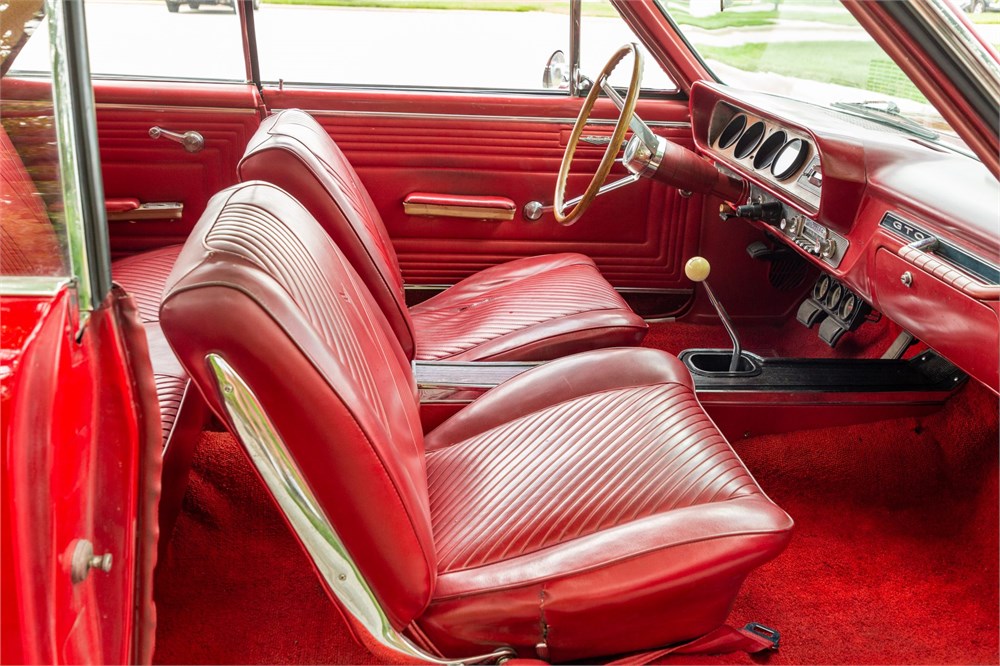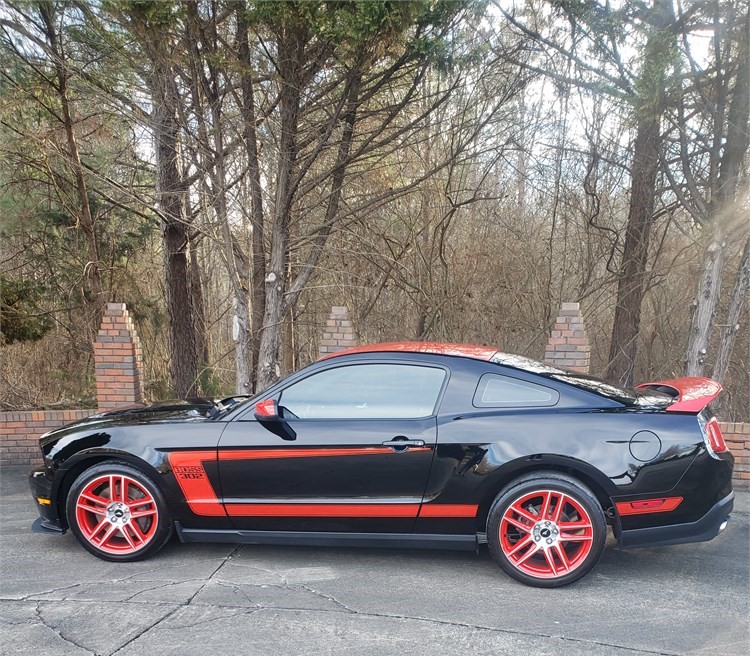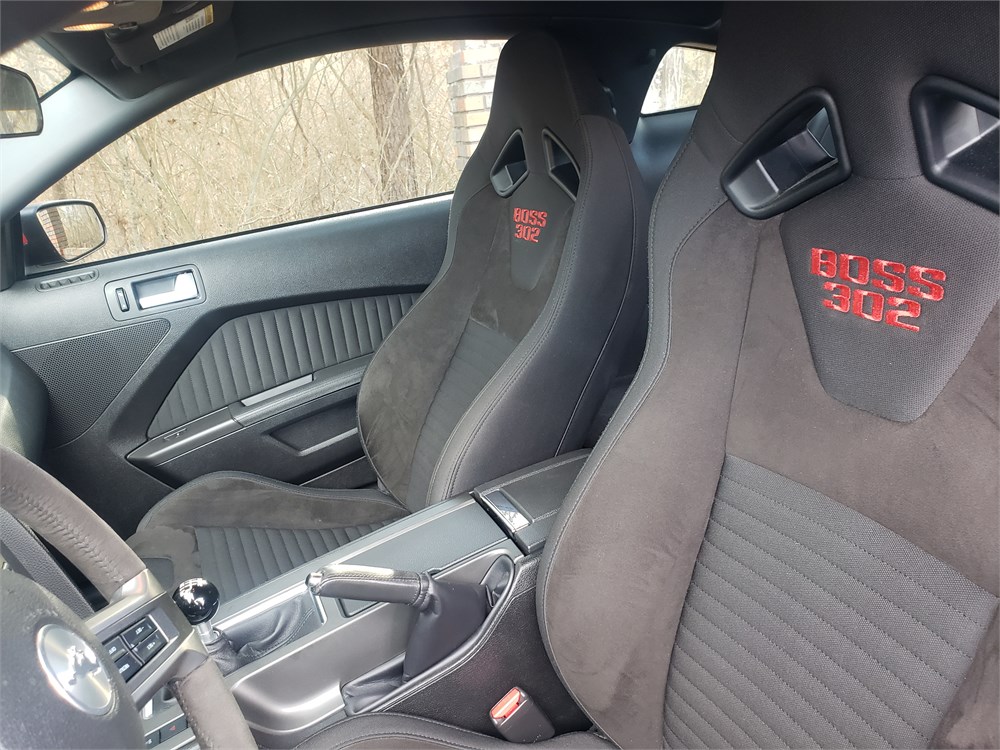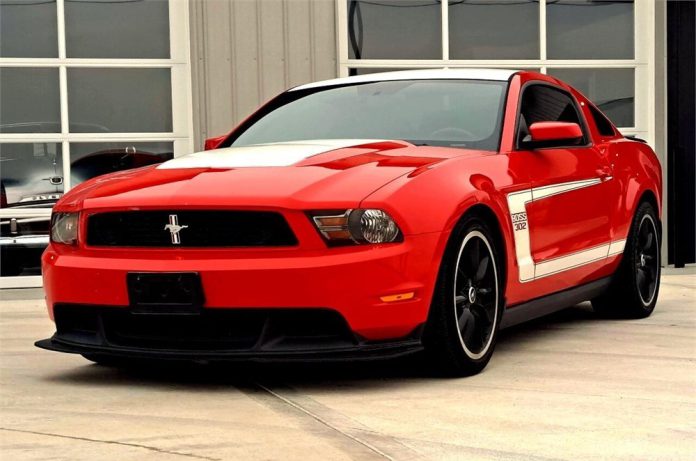When it comes to seminal cars of the 1960s, both the Ford Mustang and Pontiac GTO often come up in conversation because they both were introduced within months of each other in 1964. However, they could not be more different: one was a new class of car supported by a marketing juggernaut, while the other was the godfather of muscle cars, a dedicated performance vehicle focused on the street instead of the racetrack.
Despite their differences, both cars spurred a host of imitators. In respect to their contributions to American car culture, let’s take a look at several of them for sale on AutoHunter.

1965 Ford Mustang
There are Mustang people and then there’s everyone else. I’m in the latter camp, but without much effort I can single out Mustangs that capture my fancy. I think the 2+2 (fastback) is the most interesting though, at times, a coupe may pique my interest. I know some people hate vinyl tops but I think that’s what does it for me for this 1965 Mustang.

Otherwise, this coupe with the GT look features a 347 stroker backed by a four-speed manual, which sounds like loads of fun. Throw in the Cragars (again, not something I fancy but sometimes they just look “right” ) and the Pony interior and you’ve got yourself a nice street machine.

1965 Pontiac GTO
The Goat gained some style in 1965 and became perhaps the quintessential muscle car of the era (though, admittedly, I’m a 1966 guy). Horsepower increased too: the four-barrel received a 10-horsepower bump to 335, and the Tri-Power gained 12 horses for 360. In the middle of the year, a dealer-installed accessory package allowed cold air to be routed from outside to the carburetor for Tri-Power cars, effectively becoming Pontiac’s first ram air system for the street.

The Montero Red with matching red interior on this example is a great start. Under the hood you’ll find the standard 389 four-barrel, though it’s not the original engine and it probably would serve you well to get the PHS invoice to learn exactly what was originally situated in the engine bay. However, the data plate shows several accessory codes, so we know this vehicle was originally equipped with tinted windshield, four-speed manual, console, back-up lamps and GTO package — just remove that silly Hurst badge.

2012 Mustang Boss 302 and Boss 302 Laguna Seca
These were the hot thing just before the Mustang was redesigned. The Boss 302 (surprisingly) brought BMW M3 handling chops to the solid-axle Mustang. Horsepower from the Coyote 5.0-liter V8 was 444 — 32 over the “regular” GT — and was only available with a six-speed manual connected to 3.73 gears with limited-slip. Of course, the Boss 302 package included plenty of suspension mods over the GT to bring it to another level. The Race Red example here is one of 721 out of 3,250 built in this color.


The Black Boss 302 is a Laguna Seca edition, one of 613 out of 767 built. The distinguishing features of this special sub-model included red painted roof, deleted rear seat with x-brace, Recaro sport seats, more pronounced front splitter, front brake cooling ducts, larger rear spoiler, special rear springs and larger stabilizer bar, TORSEN helical rear differential, and 19×9- (front) and 19×10-inch (rear) machined aluminum wheels with Pirelli P Zero Corsa R-compound performance tires. If you want to take it to the track, this one is ready for you.


Perhaps the advent of the next-gen S550 Mustang diminished the excitement of the Boss 302 after a few years. Maybe it was the GT350 and its flat-plane camshaft several years later that cast a big shadow upon the Boss 302. Whatever the case, the Boss is arguably the most collectible of the S197-generation Mustangs.





